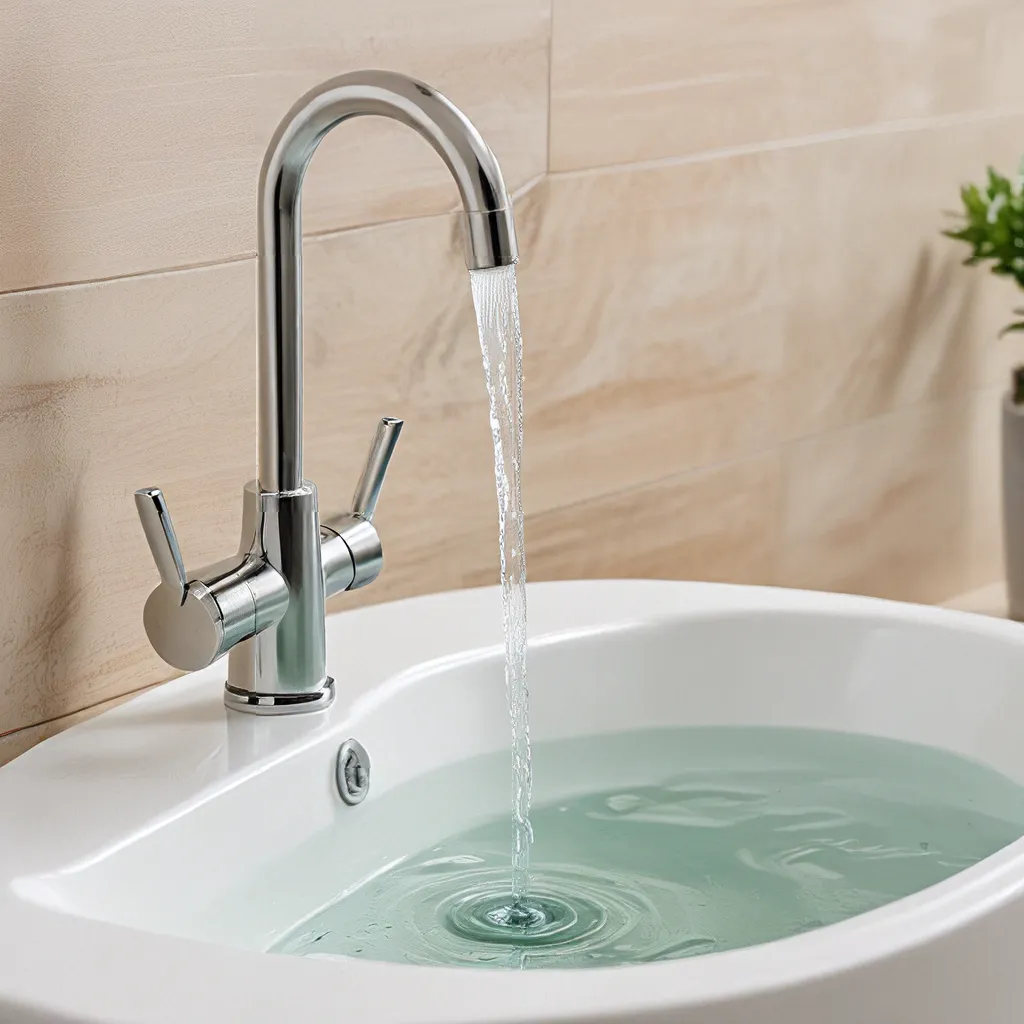
Ahhh, water. The elixir of life – it courses through our veins, nourishes our gardens, and keeps us squeaky clean. But here’s the thing – as much as we love it, we often take it for granted. And that’s a problem, my friends, because water is becoming an increasingly precious resource.
Drip, Drip, Drip – The Water-Guzzling Culprits in Your Home
You know those little leaks in your bathroom and kitchen? The ones that sound like Chinese water torture every time you try to sleep? Yeah, those add up quickly. In fact, the EPA estimates that the average household can waste up to 10,000 gallons of water per year from those pesky leaks. That’s enough to fill a backyard swimming pool!
But the water woes don’t stop there. Our beloved appliances and plumbing fixtures are notorious water hogs too. Traditional showerheads, for example, can use up to 5 gallons of H2O per minute. And let’s not forget about those energy-guzzling water heaters – they account for about a quarter of the average home’s electricity bill. Yikes!
The Water-Energy Nexus: Saving One Saves the Other
Here’s the thing – water and energy are inextricably linked. It takes a ton of energy to pump, treat, and heat the water we use every day. In fact, the EPA tells us that household water use accounts for about 3% of the nation’s total energy consumption. That’s a lot of juice just to keep us hydrated and squeaky clean!
But here’s the good news – when we use water more efficiently, we also reduce the amount of energy needed to power our homes. The EPA estimates that the average family can save $350 per year by retrofitting with WaterSense-labeled fixtures and ENERGY STAR-qualified appliances. That’s enough to treat yourself to a fancy coffee every day for a year!
Leak Detection: Your First Line of Defense
Before we dive into all the water-saving gadgets and gizmos, let’s talk about the first and most important step – finding and fixing those pesky leaks. Think of it like going to the doctor for a checkup – you gotta nip those issues in the bud before they turn into a full-blown emergency.
The EPA recommends checking your plumbing fixtures and irrigation systems once a year, during Fix a Leak Week in March. It’s a quick and easy way to spot those drips and drools and get them patched up before they cost you a small fortune in wasted water. And the best part? You don’t need to be a plumbing expert to do it – just a keen eye and a few simple tools.
Water-Efficient Fixtures: The Key to an Eco-Friendly Flush
Alright, now that we’ve plugged the leaks, let’s talk about upgrading our thirsty fixtures. WaterSense-labeled products are the way to go – they use at least 20% less water than standard models, and they’re independently certified to ensure they meet the EPA’s criteria for efficiency and performance.
Let’s start with the bathroom, where the biggest water-guzzlers lurk. Swap out your old showerhead for a WaterSense-labeled model, and you could save up to 2,900 gallons of water per year. And those water-hungry toilets? A new WaterSense-certified toilet can save you up to 13,000 gallons annually compared to an older model.
But it’s not just the bathrooms that need a makeover. In the kitchen, a WaterSense-labeled faucet aerator can reduce your sink’s flow by 30% without sacrificing performance. And don’t forget about your laundry room – a full-sized ENERGY STAR-certified washing machine can use up to 13 gallons less per load than a standard model.
Landscaping for Water Conservation: Embrace the Drought-Tolerant Oasis
Your thirsty lawn and garden could be another major drain on your water resources. But fear not, there are plenty of ways to transform your outdoor oasis into a water-sipping paradise.
First and foremost, consider xeriscaping – a landscaping technique that uses drought-tolerant, native plants that require far less irrigation. Not only do these hardy beauties save you money on your water bill, but they also provide vital habitat and food for local pollinators like bees and butterflies.
And when it comes to watering, timing is everything. The EPA recommends watering your lawn and garden during the coolest parts of the day, like early morning, to minimize evaporation. You can also invest in a smart irrigation controller that adjusts watering schedules based on weather conditions and plant needs.
The Power of Recycling and Reusing: Closing the Loop on Water Conservation
You know the old saying, “Reduce, reuse, recycle”? Well, it applies to water conservation too. By embracing a more circular approach to our water usage, we can not only save precious resources but also reduce our environmental impact.
Start by being mindful of your water usage. Turn off the tap while brushing your teeth, take shorter showers, and only run the dishwasher and washing machine with full loads. And don’t forget to fix those leaks – a leaky toilet can waste up to 200 gallons of water per day!
But the real game-changer comes when we start reusing and recycling our water. Consider installing a greywater system that diverts used water from sinks, showers, and washing machines to irrigate your garden. You can also invest in a rain barrel to capture precious rainwater for your thirsty plants.
The Eco-Friendly Household: A Journey, Not a Destination
Remember, conserving water isn’t a one-and-done deal – it’s a lifelong journey towards a more sustainable future. But the good news is, every little step you take can make a big difference, both for your wallet and the planet.
So, what are you waiting for? Head on over to Plug and Save Energy Products and start exploring all the amazing water-saving gadgets and gizmos they have to offer. Your home (and the environment) will thank you!